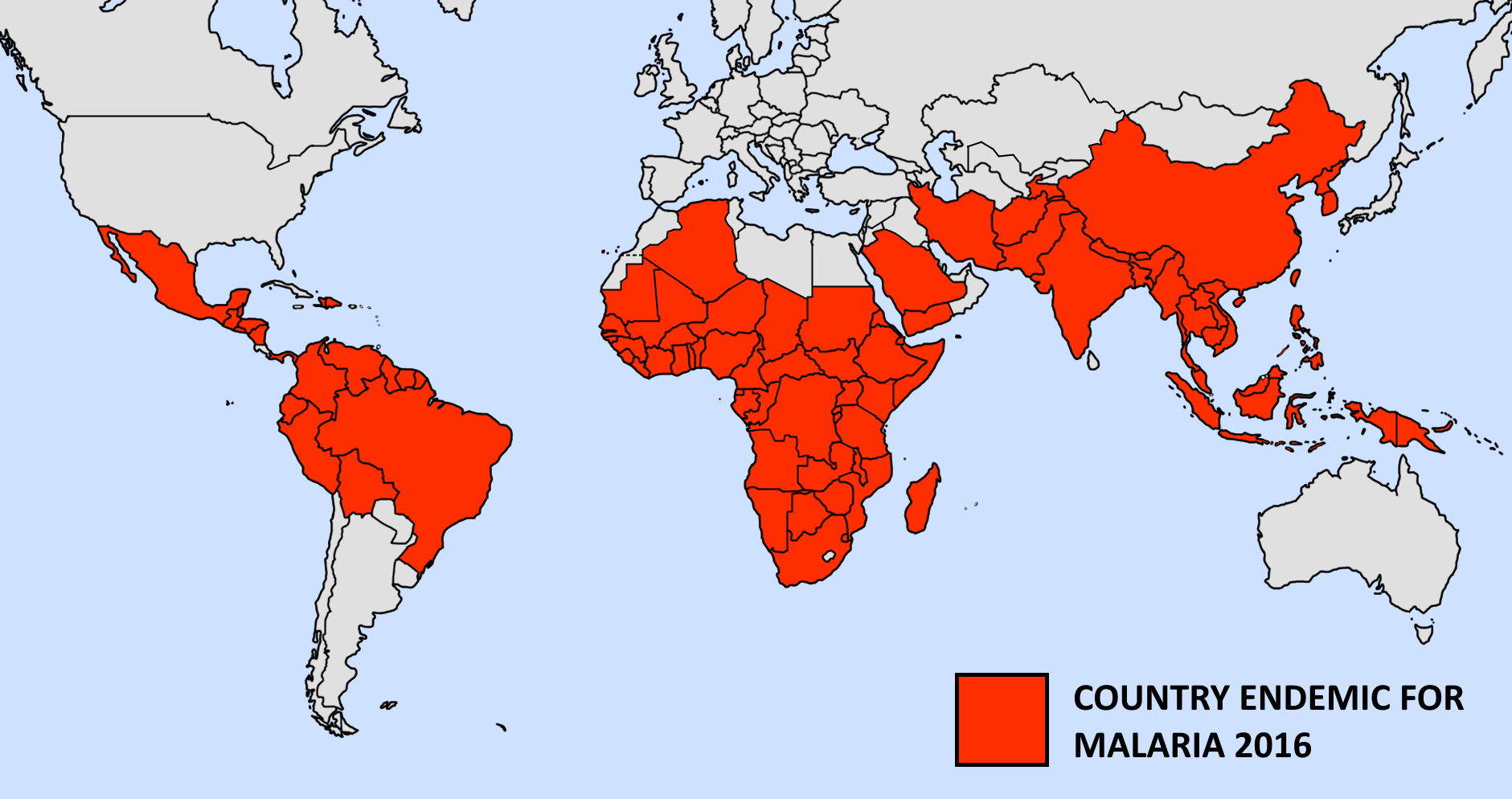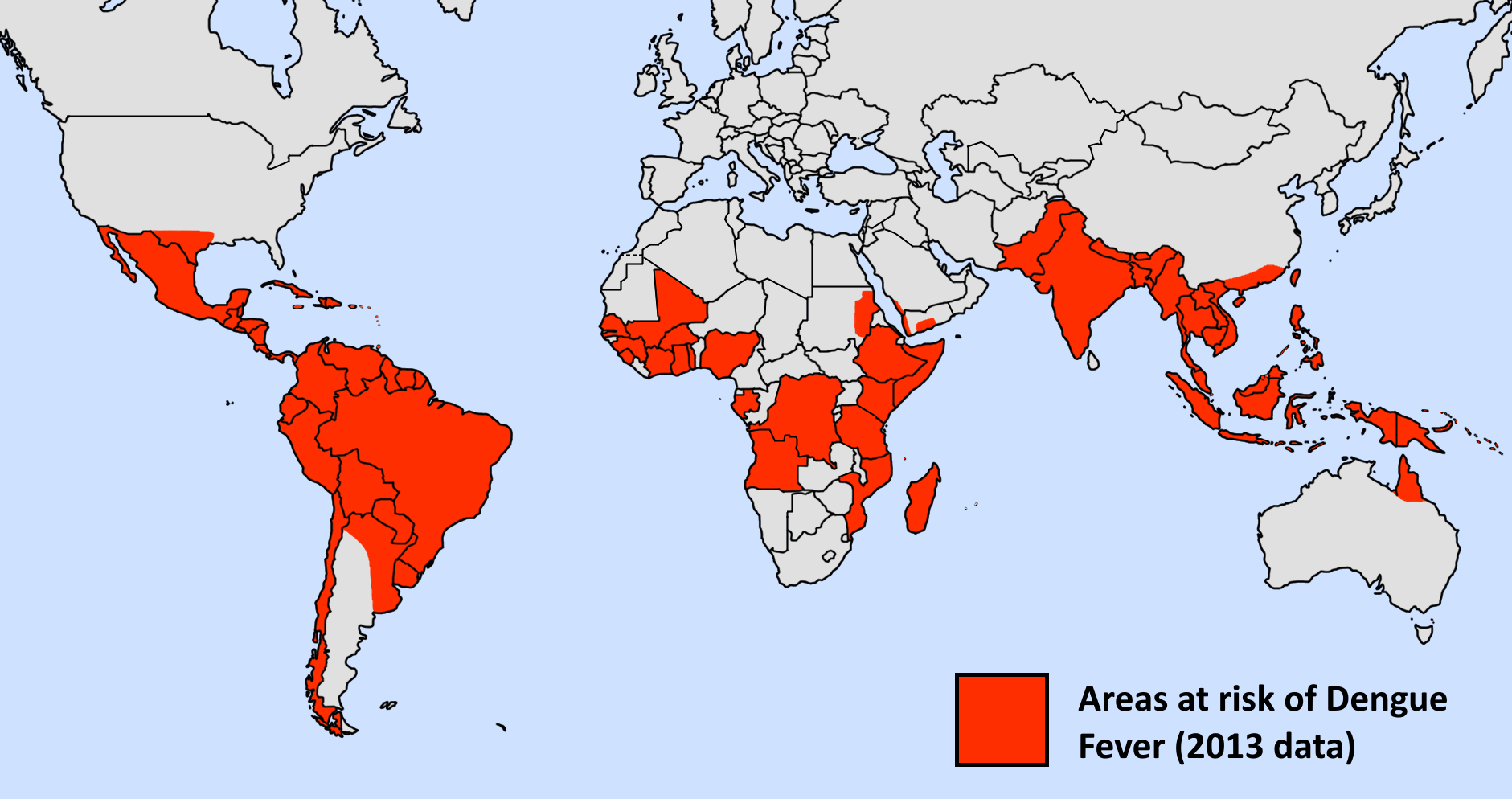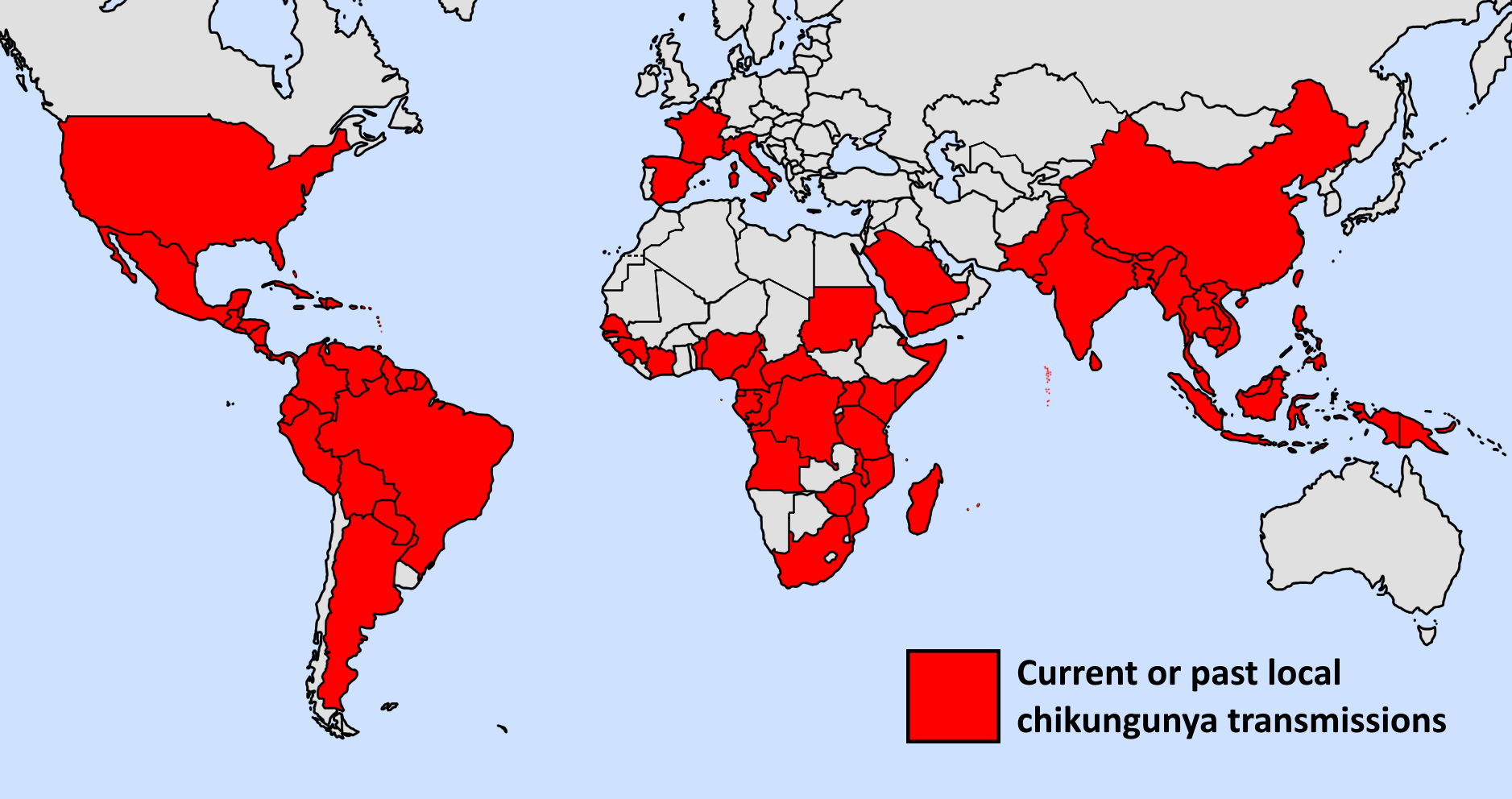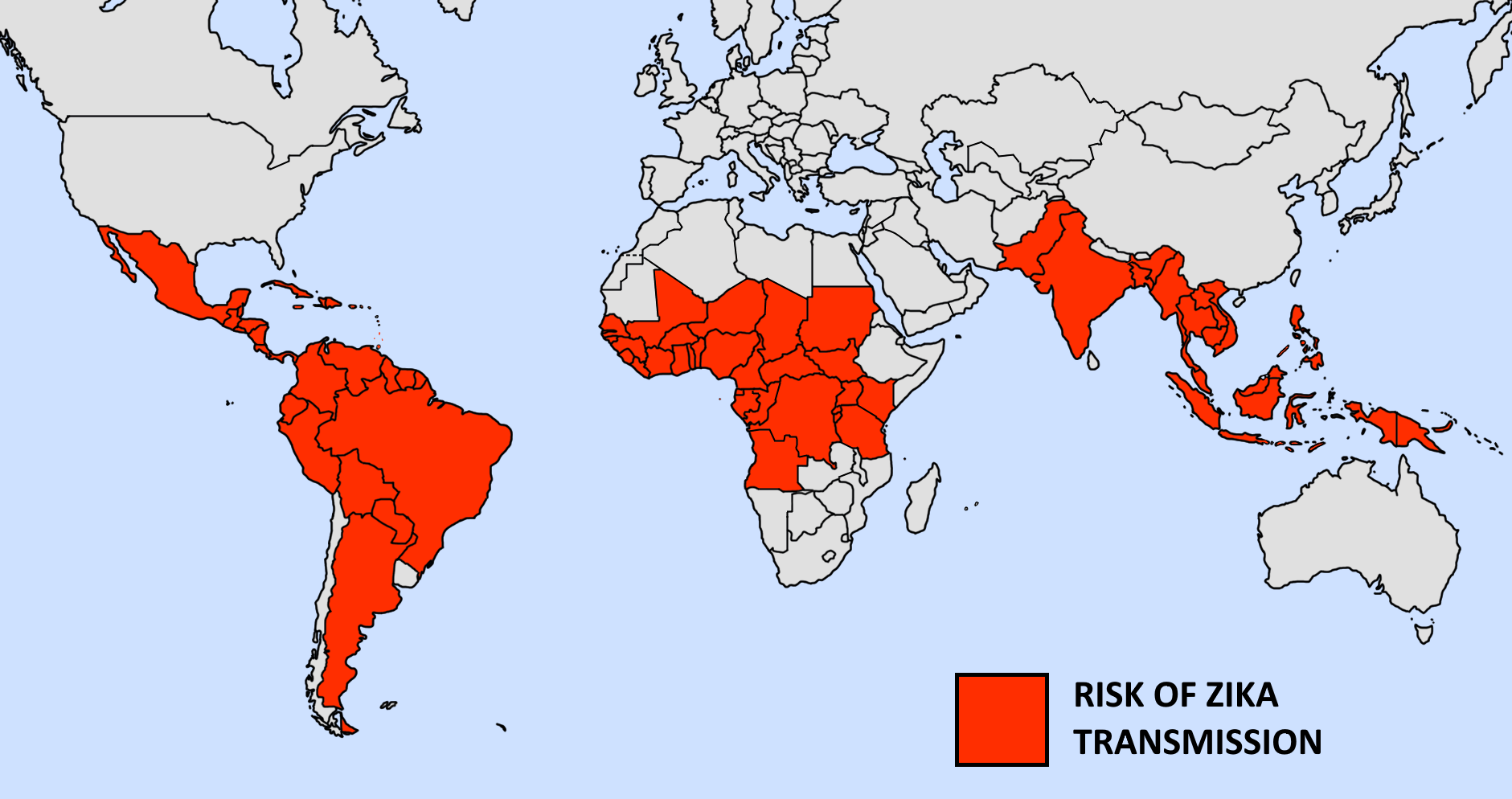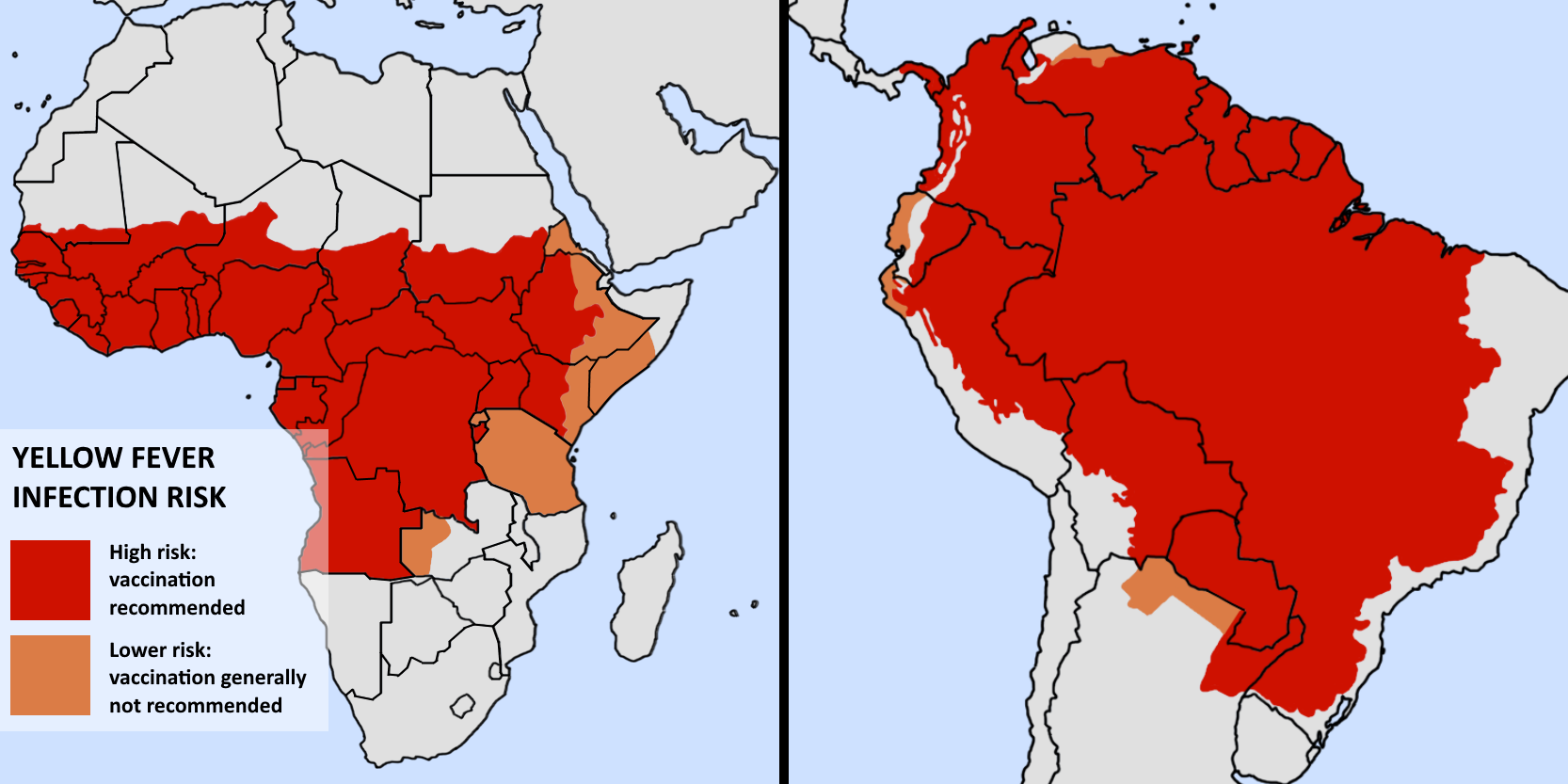Have you ever flown to another country and found yourself covered in itchy bites within hours? Mosquito bites leave us with unsightly, itchy, swollen welts. And the unlucky ones amongst us may find ourselves getting bitten a lot more than our friends and family. Research suggests that people with blood type O attract the most mosquitoes, whilst some of us may emit more chemicals which attract them due to our genes and metabolism.
Unfortunately, mosquitoes inhabit every continent except Antarctica and some islands. In temperate climates, mosquitoes are generally only active in summer. Mosquitoes even live in sub-arctic climes, emerging in huge swarms in Greenland, Northern Canada, Alaska and Siberia to feast on caribou and reindeer (and any unfortunate humans). In subtropical and tropical regions, mosquitoes survive year-round.
Even worse, mosquitoes can carry a number of very unpleasant infectious diseases, including yellow fever, malaria, zika fever, dengue fever, chikungunya and the West Nile virus. Some of the main culprits for these infectious diseases are two species: Aeges aegypti and the Asian tiger mosquito, originating from Africa and Southeast Asia respectively, have spread across the world, as you can see from the map below. These mosquitoes are generally unable to survive in deserts, high-altitudes and cooler climes, which accounts for the contours on the map.
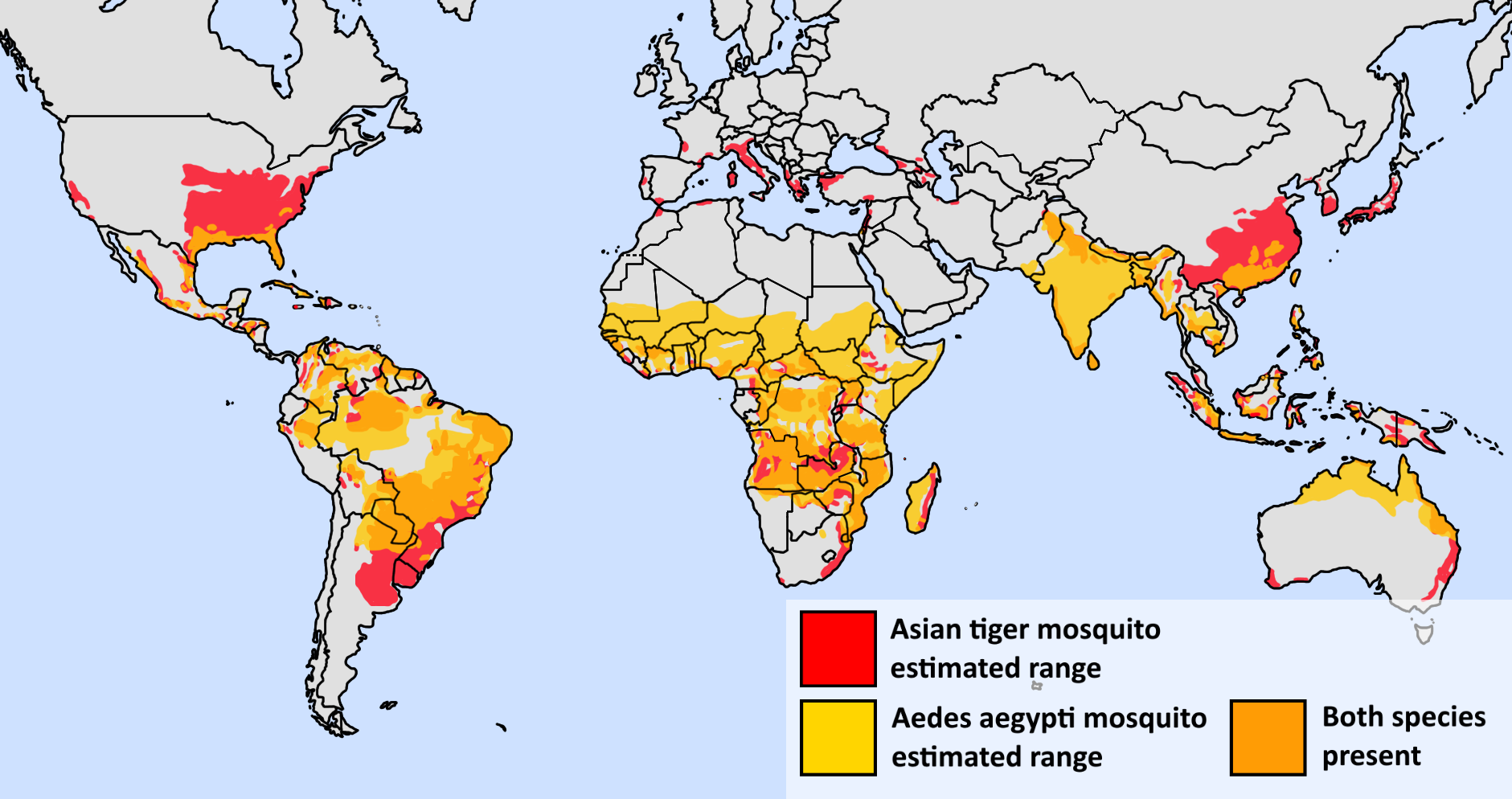
Many mosquito-borne diseases can’t be vaccinated against. There is a vaccination for Yellow Fever, which is 99% effective. For the other diseases, there is no approved vaccine available in the UK. For travellers visiting malarial areas, malarial prevention tablets are recommended along with efforts to prevent bites, like using insect repellents, wearing covering clothing and using a mosquito net. However, these drugs cannot prevent malaria infection entirely and have various side effects. See the bottom of the article to see maps showing the distribution of various mosquito-borne diseases. Always consult the travel advice for the areas you intend to visit before travelling and speak to a doctor where necessary.
It’s important when travelling in areas where these diseases are present that, for your health and your comfort, you attempt to minimise the number of mosquito bites you get as much as possible. It’s not 100% possible to prevent being bitten, however, there are a number of steps you can take:
- Keeping windows shut or using a mosquito screen
- Sitting or sleeping with a fan pointing at you (mosquitoes can't fly in the wind)
- Using mosquito nets when sleeping in tents or unsealed rooms
- Wearing long-sleeved tops and trousers instead of shorts and t-shirts etc.
- Avoiding the outdoors when mosquitoes are most active (usually dusk and dawn)
- Applying strong insect repellent all over your body
